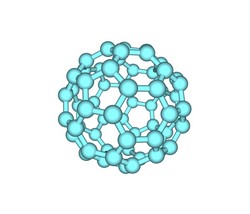The search for nanoparticles has begun
The minute size of engineered nanoparticles allows them to cross biological barriers, get absorbed into cells and tissues, and, potentially, alter biological function. As a consequence, human and environmental safety analysis of such materials throughout a product's life cycle is pressing. The EU-funded project SMART-NANO(opens in new window) (Sensitive measurement, detection, and identification of engineered nanoparticles in complex matrices) was launched against this backdrop. This small and medium-sized enterprise-driven project responded to the need for detection and analysis of nanoparticles. This was no easy task given the broad variety of products in which nanoparticles are integrated. Furthermore, nanoparticles are downstream in wastewater, soil and biological systems. In other words, nanoparticle detection and identification technology needs to be modular for testing new materials. The SMART-NANO outcome was a simple, cost-effective analysis platform employing miniature, application-specific cartridges for separation, detection and quantification. Eco-friendly separation and extraction techniques are at the core of the new technology. Project partners shrunk conventional separation cartridges from 30 cm in length to less than 7 cm. They also reduced the running time from more than 40 min down to about 10 min with no loss in performance. Importantly, the SMART-NANO platform provides flexibility with minimal optimisation required. The superior performance of the new separation methodology was demonstrated in trials. Engineered nanoparticles could be efficiently extracted from matrices such as water, milk and sunscreen. Researchers achieved nanoparticle recovery rates up to 100 %. Researchers used it on a mix of silver nanoparticles of 40 and 100 nm in size in amazingly low concentrations of parts per trillion. Before the end of the project, they delivered technology development kits of reference nanoparticles in water-based and other complex matrices.







